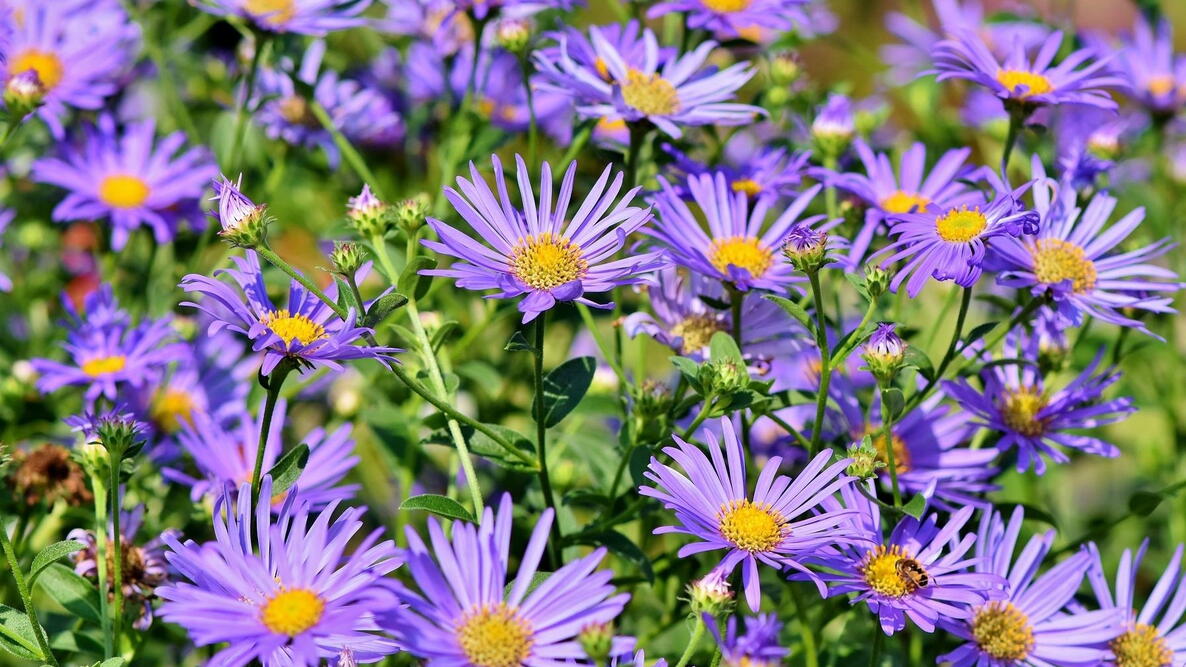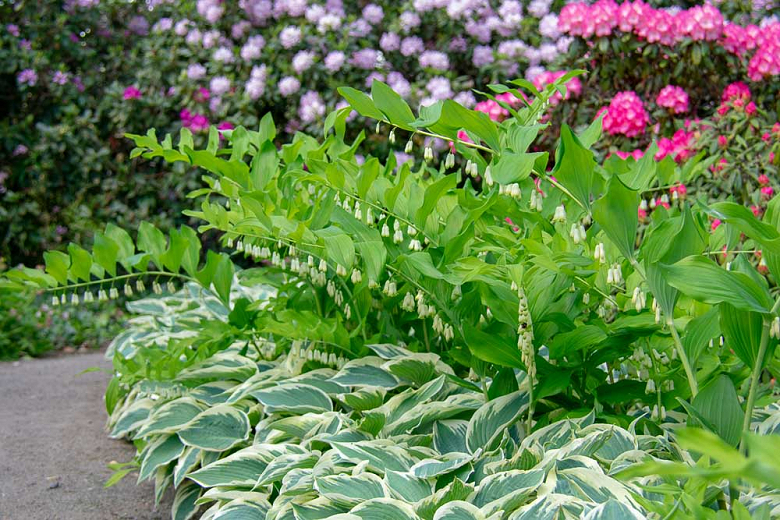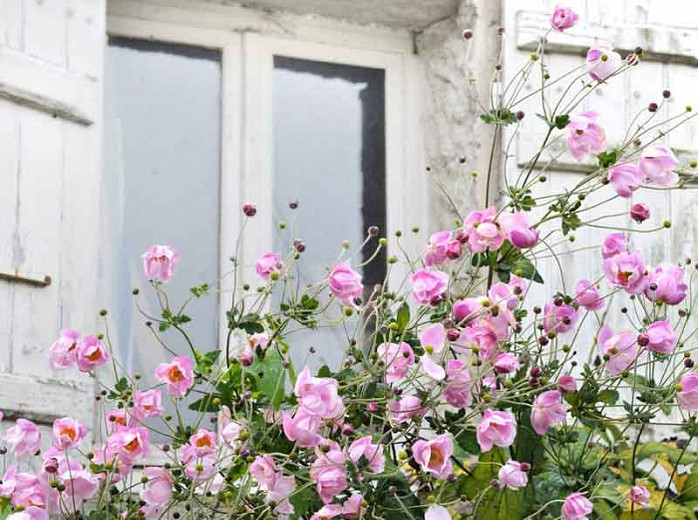Best Companion Plants For Japanese Anemones
Best Companion Plants for Japanese Anemones
Japanese anemones are beautiful flowers that can add a touch of elegance to any garden. They come in a variety of colors, including white, pink, purple, and red. Japanese anemones bloom in late summer and early fall, which makes them a great choice for extending the color of your garden into the fall season.
When choosing companion plants for Japanese anemones, it is important to consider the plant's mature size, light requirements, and soil conditions. Japanese anemones can grow up to 3 feet tall and wide, so you will need to choose companion plants that will not outgrow them. Japanese anemones prefer partial shade, but they can tolerate full sun in cooler climates. They also prefer well-drained soil.
Here are some of the best companion plants for Japanese anemones:
- Asters: Asters are another late-summer bloomer that comes in a variety of colors, including blue, purple, pink, and white. They are similar in size to Japanese anemones and prefer the same growing conditions.

- Coneflowers: Coneflowers are another popular late-summer bloomer. They come in a variety of colors, including yellow, orange, red, and purple. They are slightly taller than Japanese anemones and prefer full sun.
- Goldenrod: Goldenrod is a tall, upright plant that blooms in late summer and fall. It is a good choice for adding height and drama to your garden. Goldenrod prefers full sun and well-drained soil.
- Joe-Pye weed: Joe-Pye weed is a tall, showy plant that blooms in late summer and fall. It comes in a variety of colors, including pink, purple, and white. Joe-Pye weed prefers full sun and moist soil.

- Sedum: Sedums are low-maintenance succulents that bloom in late summer and fall. They come in a variety of colors, including pink, red, orange, and yellow. Sedums are drought-tolerant and can thrive in poor soil conditions.

- Toad lilies: Toad lilies are a unique and unusual plant that blooms in late summer and fall. They have large, trumpet-shaped flowers that come in a variety of colors, including white, pink, purple, and yellow. Toad lilies prefer partial shade and moist soil.
- Turtlehead: Turtlehead is a tall, upright plant that blooms in late summer and fall. It has distinctive, tubular flowers that come in a variety of colors, including pink, purple, and white. Turtlehead prefers moist soil and partial shade.
These are just a few of the many companion plants that you can choose for Japanese anemones. When choosing companion plants, it is important to consider the overall look and feel that you want to achieve in your garden. You may want to choose plants that have similar colors or textures, or you may want to create a more contrasting look. With a little planning, you can create a beautiful and harmonious garden with Japanese anemones and their companion plants.
Japanese anemones are beautiful flowers that can add a splash of color to any garden. But did you know that they can also be used to create stunning companion plantings?
The right companion plants can help to enhance the beauty of Japanese anemones, extend their blooming season, and even deter pests. Some good companion plants for Japanese anemones include:
- Asters: Asters come in a variety of colors, so you can easily find some that will complement your Japanese anemones. They also bloom at the same time as Japanese anemones, so you'll enjoy a long season of color.
- Bleeding hearts: Bleeding hearts have delicate, heart-shaped flowers that look lovely when planted next to Japanese anemones. They also prefer similar growing conditions, so they're a good choice for companion planting.
- Goldenrod: Goldenrod is a tall, golden-colored flower that adds a touch of brightness to any garden. It blooms later in the season than Japanese anemones, so it can help to extend the bloom time of your garden.
- Joe-pye weed: Joe-pye weed is a tall, showy plant with lavender-colored flowers. It blooms in late summer and fall, so it's a good choice for companion planting with Japanese anemones.
If you're looking for more information about Japanese anemone companion plants, I recommend visiting Gardenia Inspiration. This website has a wealth of information on Japanese anemones, including a list of recommended companion plants.
FAQ of japanese anemone companion plants
Q: What are some good companion plants for Japanese anemones?
A: Japanese anemones are shade-loving perennials that bloom in the fall. They come in a variety of colors, including white, pink, purple, and blue. Some good companion plants for Japanese anemones include:
- Tulips and daffodils, which bloom earlier in the season and provide color while the anemones are still dormant.
- Bleeding heart (Dicentra spectabilis), which has delicate pink or white flowers that bloom at the same time as anemones.
- Asters, which come in a variety of colors and bloom later in the season than anemones.
- Sedum, which has colorful foliage and blooms in the fall.
- Ornamental grasses, which add height and texture to a garden bed.
Q: How far apart should I plant Japanese anemones?
A: Japanese anemones spread by rhizomes, so they can get quite large over time. If you want to control their spread, it's best to plant them 2-3 feet apart. If you don't mind them spreading, you can plant them closer together.
Q: How do I care for Japanese anemones?
A: Japanese anemones are relatively easy to care for. They need well-drained soil and partial shade. They should be watered regularly, especially during the summer months. In the spring, you can fertilize them with a balanced fertilizer.
Q: How do I propagate Japanese anemones?
A: Japanese anemones can be propagated by division or by seed. Division is the easiest method. In the spring or fall, carefully dig up a clump of anemones and divide it into smaller clumps. Replant the smaller clumps in well-drained soil in a shady spot.
Q: Can I start Japanese anemones from seed?
A: Yes, you can start Japanese anemones from seed. However, it can be difficult to get them to germinate. If you do decide to start them from seed, sow them in the fall in a cold frame or in a pot in a shady spot. Keep the soil moist but not soggy. The seeds may take several weeks to germinate.
Image of japanese anemone companion plants
- Hosta. Hostas are large, shade-loving plants that provide a good contrast to the delicate flowers of Japanese anemones. They also have similar moisture and soil requirements.

- Asters. Asters are another type of late-blooming perennial that can be planted with Japanese anemones. They come in a variety of colors, so you can choose ones that complement the flowers of your anemones.

- Sedum. Sedum is a succulent plant that is drought-tolerant and can thrive in poor soil. It makes a good companion plant for Japanese anemones because it will not compete with them for water or nutrients.

- Verbena bonariensis. Verbena bonariensis is a tall, airy plant that adds a touch of drama to any garden. It blooms in late summer and fall, so it will overlap with the flowering period of Japanese anemones.

- Bleeding heart. Bleeding heart is a charming perennial that is known for its delicate, heart-shaped flowers. It prefers partial shade and moist soil, which are the same growing conditions as Japanese anemones.

Post a Comment for " Best Companion Plants For Japanese Anemones"